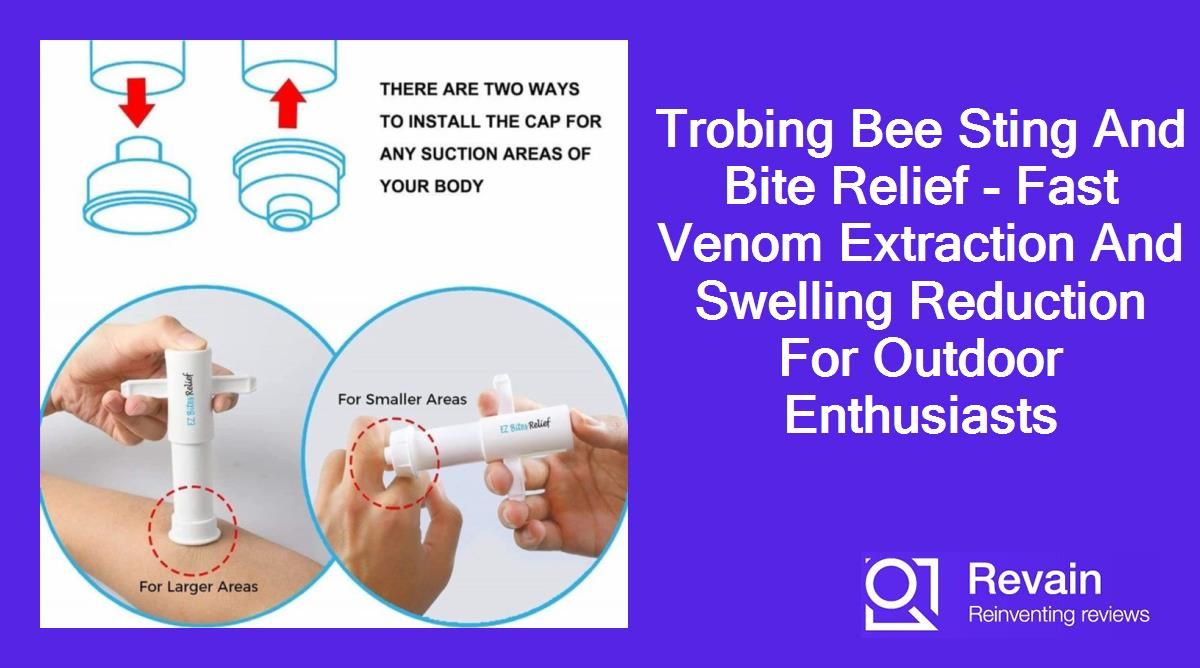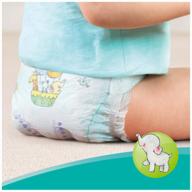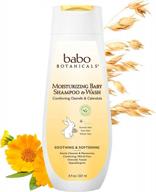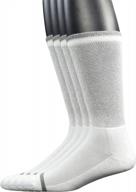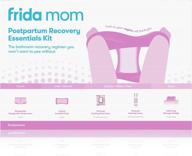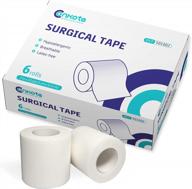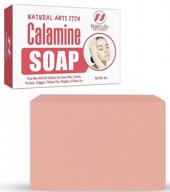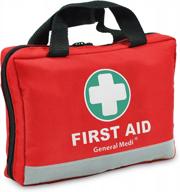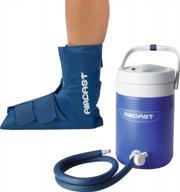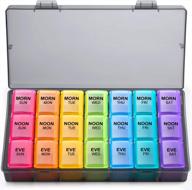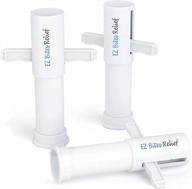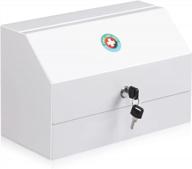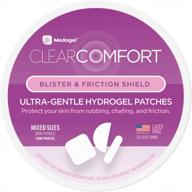Another interesting products
How to use the Trobing bee sting relief tool?
The Trobing bee sting relief tool is designed to quickly and easily remove bee stingers and venom to reduce pain, swelling, and other reactions. Here is a step-by-step guide on how to use it:
What's in the kit
- Trobing venom extractor tool
- Tweezers
- Razor blade
- Alcohol prep pads
- Plastic carry case
Instructions
- First, locate the stinger. Look for a small black dot in the center of the sting.
- Clean the area around the sting with an alcohol prep pad.
- Use the tweezers to grasp the stinger as close to the skin as possible. Pull straight out to remove it.
- Place the extractor tool directly over the sting. Apply gentle pressure and rotate it in a circular motion to help draw out the venom.
- Use the razor blade to scrape away any remaining venom or toxins from the skin's surface.
- Clean the area again with an alcohol pad and apply a cold compress to reduce swelling.
- Monitor for any signs of severe reaction. Seek medical attention if you experience trouble breathing, dizziness, or swelling of the face/throat.
Using the Trobing tool properly can help quickly minimize bee sting reactions. Just be sure to carefully follow the instructions.
How to reduce pain and swelling from insect bites and stings?
Insect bites and stings can cause minor to severe reactions. Here are some tips to help reduce the pain, itching, and swelling.
Remove the Stinger
If a stinger is present, use tweezers to gently remove it as soon as possible. Try to grab the stinger as close to the skin as you can.
Wash the Area
Use soap and water to clean the bite or sting. This helps remove traces of venom or irritants.
Top products in 💊 First Aid
Apply a Cold Compress
A cold compress constricts blood vessels to reduce swelling. Use a cloth soaked in cold water or ice wrapped in a towel. Apply for 10-20 minutes several times a day.
Elevate the Area
If stung on a limb, keep it elevated above the heart to minimize swelling.
Take Antihistamines
Oral antihistamines like Benadryl can help counter your body's allergic response and reduce itching.
Use Topical Creams
- Hydrocortisone cream - Soothes itching
- Calamine lotion - Relieves itching and inflammation
- Baking soda paste - Reduces swelling and itching
- Witch hazel - Eases pain and itching
Apply topical creams to the bite or sting several times a day for relief. Avoid scratching as it can increase swelling and risk infection.
Most mild reactions resolve within a few days. Seek medical attention if you have signs of infection like pus/redness, trouble breathing, or swelling in the throat or mouth area.
Similar products
How to extract bee stingers quickly?
When a bee stings, it usually leaves behind a stinger stuck in your skin. Prompt stinger removal can help minimize venom exposure and reduce your reaction. Here are some tips for quick and safe stinger extraction.
Have the Right Tools Handy
Keep a pair of tweezers in your first aid kit so you can remove stingers immediately. Magnifying tweezers provide the best grip.
Locate the Stinger
Examine the sting area closely. Look for a tiny black speck at the center which is the stinger lodged in your skin.
Sterilize
Wash your hands and clean the sting area with soap and water or an antiseptic wipe. This prevents infection.
Grip the Stinger
Use tweezers to grasp the stinger as close to the skin's surface as possible. Grab from the sides rather than the top.
Pull Straight Out
In one swift motion, pull straight out, away from the sting site. Avoid twisting or wiggling which can release more venom.
Check for Remnants
Sometimes the stinger breaks off so inspect to see if any part remains in the skin. Remove all traces.
Clean Again
Wash the area again to remove any remaining venom or irritants.
Apply Ice
Icing for 10-20 minutes constricts blood flow to reduce swelling, pain, and itching.
Getting the stinger out quickly, sterilely, and fully can greatly minimize reactions. Most stingers can be removed in less than a minute if you stay calm and focused.
See a doctor for severe swelling, trouble breathing, dizziness, or other signs of allergic reaction.
How to get relief from bee stings while hiking or camping?
Bee stings can really ruin an outdoor adventure. Here are some tips to treat bee stings for quick relief when you are far from medical care:
Remove the Stinger
Use tweezers or a bee sting removal kit to extract the stinger as soon as possible. This stops more venom from entering your skin.
Clean the Area
Wash the sting with soap and water to remove toxins and avoid infection.
Apply a Cold Compress
Cold helps constrict blood vessels and reduce swelling, itching, and pain. Use a cold pack, ice in a ziplock bag, or even a cold drink can.
Take an Antihistamine
Antihistamines like Benadryl counter your body's histamine reaction. They can help relieve itching and swelling.
Apply Hydrocortisone Cream
Hydrocortisone cream reduces inflammation and itching. Apply a thin layer and reapply as needed.
Try a Paste of Baking Soda and Water
Make a thick paste of baking soda and water and apply to the sting. Let it dry then rinse off.
Elevate the Area
If stung on a limb, keep it raised above heart level to minimize swelling.
Avoid Scratching
This can cause more swelling, irritation, and risk of infection.
Using first aid supplies from your hiking or camping kits can provide relief when bee stings strike on the trails. Seek medical attention promptly if you have a severe reaction.
How to treat insect bites naturally while outdoors?
Getting bitten by mosquitoes, bees, spiders, and other insects is an inevitable part of spending time outside. Here are some tips for treating bites naturally when you don't have access to medical supplies:
Clean the Bite Area
Use soap and water to clean the bite and remove any remaining irritants or traces of venom.
Apply a Cold Compress
Wrap some ice or a cold pack in a towel or cloth and apply to the bite for 10-15 minutes. The cold constricts blood vessels and helps reduce swelling and itching.
Elevate the Bite
If bitten on an arm or leg, keep the limb elevated above heart level to slow swelling.
Use a Clay Poultice
Make a paste with bentonite clay and water. Apply to the bite for 10-15 minutes then rinse. The clay helps draw out toxins.
Try Plantain Leaves
Chewing plantain leaves creates a gel that can be applied to bites for pain relief and itch relief.
Make a Baking Soda and Water Paste
Mix baking soda with a bit of water to form a thick paste. Apply to the bite and let dry before rinsing.
Apply Honey
Honey is naturally antibacterial. Spread some over the bite to reduce risk of infection.
Take Oral Antihistamines
Antihistamines like Benadryl can help control swelling, itching, and other allergic reactions.
Natural treatments can provide relief when medical supplies are limited. Seek medical attention promptly if symptoms persist or worsen.






